| [1] Ribatti D. The discovery of endothelial progenitor cells. An historical review. Leuk Res. 2007;31(4):439-444.[2] Schuh A, Liehn EA, Sasse A ,et al. Transplantation of endothelial progenitor cells improves neovascularization and left ventricular function after myocardial infarction in a rat model. Basic Res Cardiol. 2008;103(1):69-77.[3] Navarro M, Rosell A,Hernández-Guillamón M,et al. The therapeutic potential of endothelial progenitor cells in ischaemic stroke.Rev Neurol. 2007;45(9):556-562.[4] Kawamoto A, Gwon HC,Iwaguro H ,et al.Therapeutic potential of ex vivo expanded endothelial progenitor cells for myocardial ischemia. Circulation. 2001;103(7):634-637.[5] Murasawa S, Kawamoto A, HoriiM, et al. Niche-dependent translineage commitment of endothelial p rogenitor cells, not cell fusion in general, intomyocardial lineage cells. Arterioscler Thromb Vasc Biol. 2005;25:1388-1394.[6] Lazarus HM, Koc ON, Devine SM,et al. Cotransplantation of HLA-identical sibling culture-expanded mesenchymal stem cells and hematopoietic stem cells in hematologic malignancy patients. Biol Blood Marrow Transplant. 2005;1(5):389-398.[7] Liu C, Miao LY, Sun XH, et al. Zhongguo Zuzhi Gongcheng Yanjiu yu Linchuang Kangfu. 2009;13(14):2746-2750. 刘超,苗雷英,孙新华,等. 实验性牙移动大鼠外周血内皮祖细胞培养的实验研究[J].中国组织工程研究与临床康复,2009,13(14): 2746-2750.[8] Shioyama W, Komuro I. Therapeutic angiogenesis by stem cell transplantation. Nihon Rinsho. 2011;69(12):2241-2245.[9] Zammaretti P, Zisch AH. Adult ‘endothelial progenitor cells’ Renewing vasculature. Int J Biochem Cell Biol. 2005;37(3): 493-503.[10] Murasawa S, Asahara T. Endothelial progenitor cells for vasculogenesis. Physiology (Bethesda). 2005;20(1):36-42.[11] Dong QS, Mao TQ. Guoji Kouqiang Yixue Zazhi. 2008;35(3): 321-324. 董青山,毛天球.骨组织工程血管化技术的构建思路[J].国际口腔医学杂志,2008,35(3):321-324.[12] Murohara T, Ikeda H, Duan J,et al. Transplanted cord blood-derived endothelial precursor cells augment postnatal neovascularization. J Clin Invest. 2000;105(11): 1527-1536. [13] Assmus B, Schachinger V, Teupe C, et al. Transplantation of progenitor cells and regeneration enhancement in acute myocardial infarction (TOPCAREAM I). Circulation. 2002; 106(24):3009-3017.[14] Chen J, Li Y, Chopp M. Intracerebral transplantation of bone marrow with BDNF after MCAo in rat. Neuropharmacology. 2000;39(5):711-716.[15] Siniscalco D, Sapone A, Cirillo A,et al. Autism spectrum disorders: is mesenchymal stem cell personalized therapy the future? J Biomed Biotechnol. 2012;2012:480289. Epub 2012 Feb 13.[16] Ferrandina G, Martinelli E, Petrillo M,et al. CD133 antigen expression in ovarian cancer. BMC Cancer. 2009;9:221.[17] Lazarus HM, Koc ON, Devine SM,et al. Cotransplantation of HLA-identical sibling culture-expanded mesenchymal stem cells and hematopoietic stem cells in hematologic malignancy patients. Biol Blood Marrow Transplant. 2005;1(5):389-398.[18] Bartholomew A, Sturgeon C, Siatskas M,et al. Mesenchymal stem cells suppress lymphocyte proliferation in vitro and prolong skin graft survival in vivo. Exp Hematol, 2002;30(1):42-48.[19] Uccelli A, Moretta L, Pistoia V. Immunoregulatory function of mesenchymal stem cells.Eur J Immunol. 2006;36(10): 2566-2573.[20] Gonzalez- Rey E,Gonzalez MA,Varela N,et al. Human adipose- de-rived mesenchymal stem cells reduce inflammatory and T cell responses and induce regulatory T cells in vitro in rheumatoid arthritis. Ann Rheum Dis. 2010; 69(1):241-248.[21] Le Blanc K,Rasmusson I,Sundberg B,et al.Treatment of severe acute graft- versus- host disease with third party haploidentical mesenchymal stem cells. Lancet. 2004; 363 (9419): 1439-1441.[22] Seebach C, Henrich D, Kähling C,et al. Endothelial progenitor cells and mesenchymal stem cells seeded onto beta-TCP granules enhance early vascularization and bone healing in a critical-sized bone defect in rats. Tissue Eng Part A. 2010; 16(6): 1961-1970. [23] Hirechi KK, Goodell MA. Hematopoietic, vascular and cardiac fates of bone marrow-derived stem cells. Gene Ther. 2002; 9(10): 648-652.[24] Werner N, Junk S, Laufs U, et al. Intravenous transfusion of endothelial progenitor cells reduces neointima formation after vascular injury. Circ Res. 2003;93(2):e17-24.[25] Yang YR, Zeng QT, Lang MJ, et al. Zhongguo Zuzhi Gongcheng Yanjiu yu Linchuang Kangfu. 2008;12(25): 4815-4818. 杨亚荣,曾秋棠,郎明健,等.内皮祖细胞移植对大鼠心肌梗死后缺血心肌血管再生及心功能的影响[J]. 中国组织工程研究与临床康复,2008,12(25):4815-4818.[26] Denburg JA, Van Eedden SF. Bone marrow progenitors in inflammation and repair: new vistas in respiratory biology and pathophysiology. Eur Respir. 2006;27(3):441-415.[27] Rafat N,Hanusch C,Brinkkoetter PT,et al.Increased circulating endothelial progenitor cells in septic patients: Correlation with survival. Crit Care Med. 2007;35(7):1677-1684.[28] Li X, Sun QQ. Shenzengbing yu Touxi Shenyizhi Zazhi. 2011; 20(02):184-188. 李雪,孙启全. 单核/巨噬细胞与同种异体肾移植排斥[J]. 肾脏病与透析肾移植杂志, 2011,20(02):184-188.[29] Basu S, Leahy P, Challier JC, et al. Molecular phenotype of monocytes at the maternal-fetal interface. Am J Obstet Gynecol. 2011;205(3):265.e1-8.[30] F Mitra S, Keswani T, Dey M,et al. Copper-induced immunotoxicity involves cell cycle arrest and cell death in the spleen and thymus. Toxicology. 2012;293(3):78-88. |
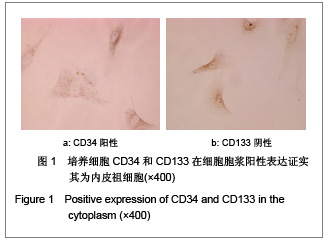

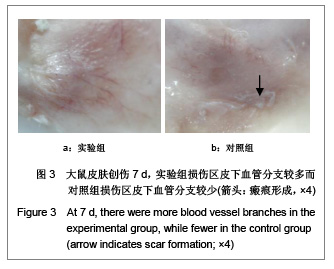
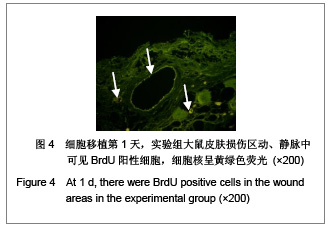
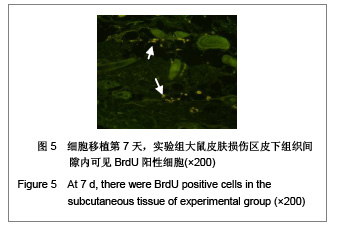
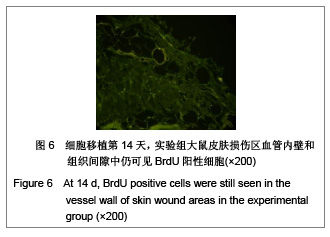
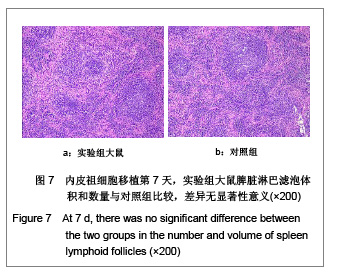
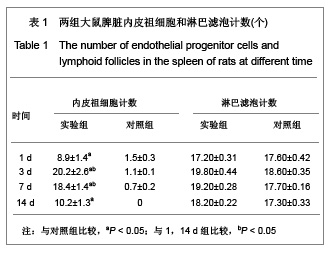
.jpg)